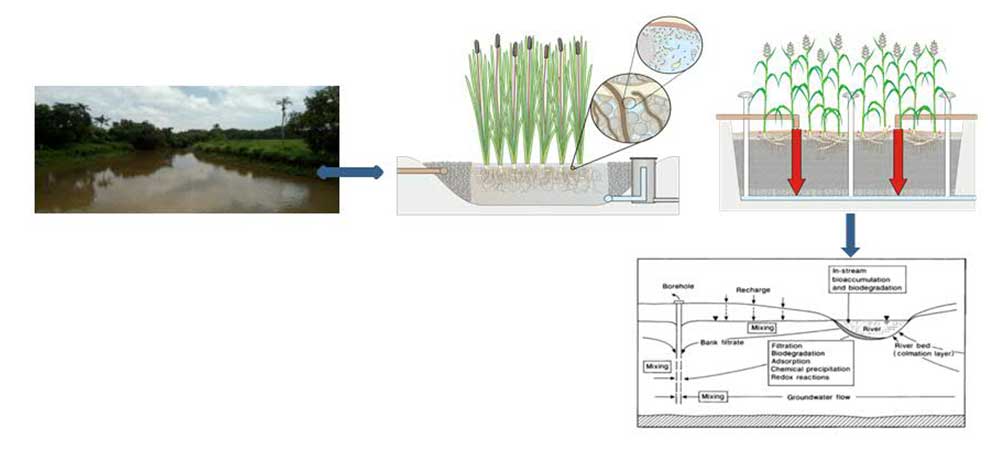Cleaning up our rivers
India is blessed with 14 major, 55 minor and numerous small rivers. However, many of these rivers are polluted due to disposal of sewage into these water bodies. There is no sign of river pollution being stopped. It is increasing day by day. There are several sources of water pollution, which deteriorate the river water quality. Industries discharge their liquid waste products into rivers. Our agriculture practice that uses chemical fertilizers and pesticides also contribute to river pollution as rainwater drains these chemicals into the rivers. Domestic wastes that we throw into rivers add to pollution levels. As population grows, the size of towns and cities also grows. The state lacks well-knit sewerage network and majority of population is still dependent on traditional septic tanks with soak pit system for disposal of wastewater. The lack of sufficient capacity in treatment plants leads to illegal discharge of sewage, thereby contaminating water bodies such as rivers, lakes and oceans. With that, the amount of domestic wastes that we throw into river, increases. In most of the towns and cities, the municipal drains carry our wastes to rivers.
The Sal River is a small river in Salcete, Goa in India. The river opens near Margao and passes through the villages of Benaulim, Navelim, Varca, Orlim, Carmona, Dramapur, Chinchinim, Assolna, Cavelossim, Mobor and drains itself into the Arabian Sea at Betul. As complaints from local residents of Benaulim about dumping of untreated wastewater into the river escalate, TERI demonstrates cleaning of wastewater from nallah reaching River Sal by combining Vertical Constructed Wetlands with River bed filtration. TERI proposes to treat 40 cu.m per day through a demonstration plant. Vertical Constructed Wetland (VCV)requires a low energy input. It also has the advantage of being one of the most cost effective wastewater technologies, which is easy to operate and reliable. Nonetheless, VCWs require larger area than conventional technologies but less than horizontal constructed wetlands or waste stabilization ponds. In an RBF system, water is withdrawn from one or more wells near a river or lake. Wells may either be vertical or horizontal and typically are installed more than 50 m away from the river. By pumping an RBF well, the groundwater potential is lowered and river water (together with groundwater) is induced to flow through porous riverbed sediments. As the raw surface water travels toward the RBF well, dissolved and suspended contaminants, as well as pathogens, are potentially removed or significantly reduced in numbers resulting from a combination of physical, chemical, and biological processes.
The figure below illustrates this simple solution.


